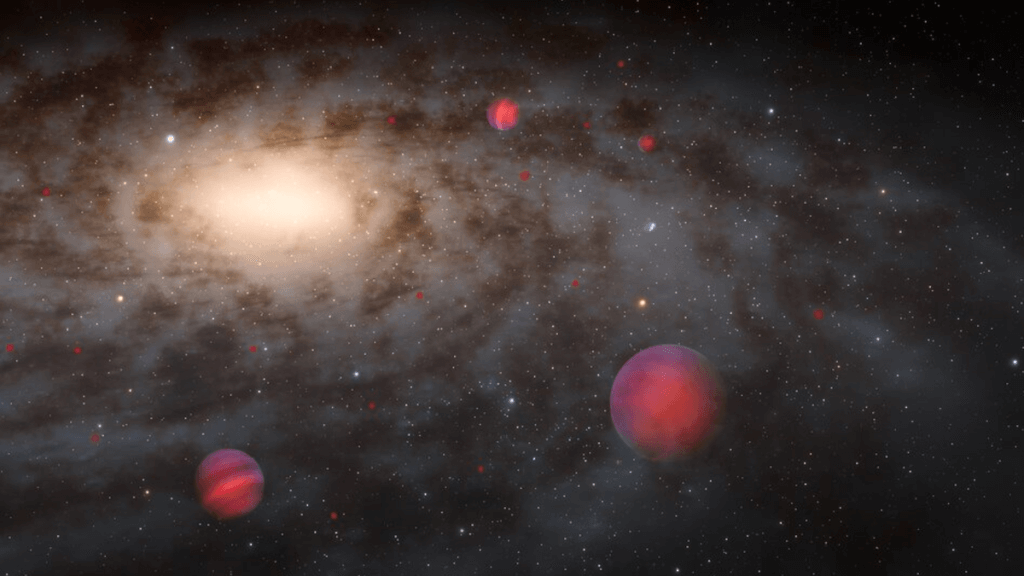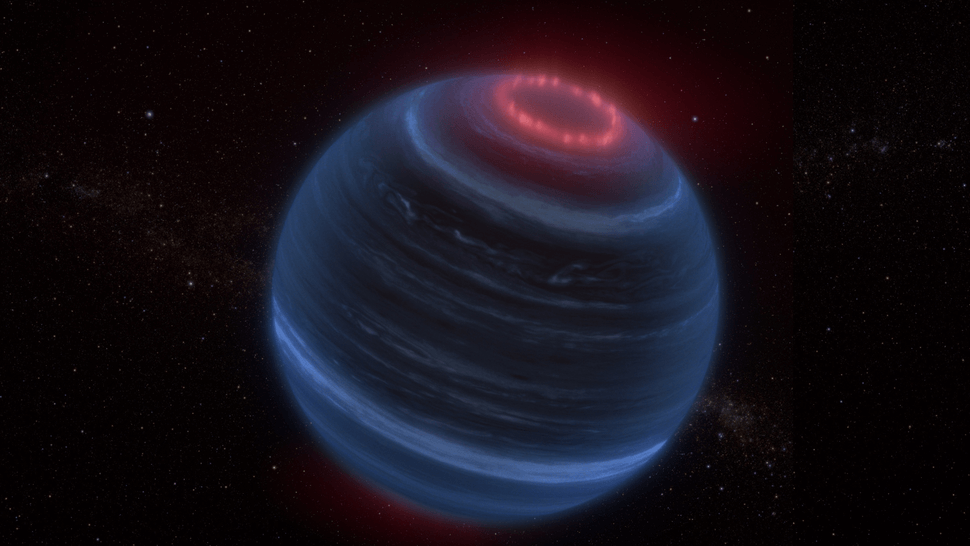
How the Rubin observatory could detect thousands of ‘failed stars’ (Image Credit: Space.com)
The Milky Way could be hold a sea of faint, “failed stars,” or brown dwarfs, that an upcoming astronomical survey called the Legacy Survey of Space and Time (LSST) could detect. This type of discovery could help us better understand the processes that shaped our galaxy into the realm it is today.
Scientists have predicted they could soon be awash with data about thousands of new brown dwarfs, thanks to the decade-long LSST, which will be conducted by the Vera C. Rubin Observatory. Rubin is currently under construction on the mountain Cerro Pachón, high in the dry atmosphere of northern Chile. If Rubin successfully delivers this brown dwarf data, the observed population of these objects would be 20 times the size of any clutch of brown dwarfs discovered by astronomers thus far.
Brown dwarfs get their slightly unfortunate nickname of “failed stars” because, despite being born like stars, they fail to gather enough mass to trigger the nuclear fusion of hydrogen to helium in their cores. This is the process that provides most of the energy and light a star like the sun emits, and defines what a “main sequence star” is. However, brown dwarfs can’t be planets because they are more massive than giant gas planets, some having masses up to 75 times that of Jupiter. Still, they’re less massive than normal stars. They’re just somewhere in between the two.
“Brown dwarfs are these weird, intermediate objects that defy classification,” Aaron Meisner, the Rubin Observatory’s Community Science Team member, said in a statement. “It’s possible we’re swimming in a whole sea of these objects that are really faint and hard to see.”
Related: James Webb Space Telescope’s ‘shocking’ discovery may hint at hidden exomoon around ‘failed star
Why are brown dwarfs so good at hiding?
Not only are brown dwarfs smaller than stars, but they are also much cooler because they can’t burn hydrogen. Brown dwarfs have surface temperatures ranging from 32 degrees to 3,600 degrees Fahrenheit (0 degrees to 2,000 degrees Celsius). For comparison, the temperature at the surface of the sun is about 10,000 degrees Fahrenheit (5,600 degrees Celsius).
That cool nature means brown dwarfs don’t emit a great deal of light within the visible region of the electromagnetic spectrum. As a result, these failed stars are very difficult to detect with optical telescopes.

When Rubin opens its eye to the cosmos in late 2025, using the Simonyi Survey Telescope and the largest digital camera in the world, the LSST camera, it will scan the entire visible sky every few nights. The observatory will have six camera filters that allow astronomers to see the universe in wavelengths of light ranging from the optical (that our eyes have evolved to see) to the infrared, which is invisible to us.
This infrared vision, combined with Rubin’s wide field of view and ability to see deep into space, will make it the perfect instrument for discovering faint, infrared-emitting objects like brown dwarfs.

Rubin should be capable of capturing the faint infrared light from brown dwarfs at far greater distances than previous visible-light surveys were able to, which thus far have mainly helped astronomers discover brown dwarfs that are relatively close to Earth.
“Current surveys go to a distance of about 150 light-years from the sun for ancient brown dwarfs in the Milky Way’s halo,” Meisner explained. “But Rubin will be able to see more than three times farther than that.”
That considerable increase in distance means a proportional increase in the total volume of space available to be scoured for brown dwarfs.
Further, the same cool nature of brown dwarfs that makes them tough to spot also means that they live longer than much hotter hydrogen-burning stars. This means brown dwarfs can contain unspoiled information regarding processes like galactic mergers and the cannibalism of smaller galaxies that have helped the Milky Way galaxy grow.
Thus, a large population of brown dwarfs discovered by Rubin could serve as a tracer of our galaxy’s formation and evolution.
“Rubin will reveal a population of ancient brown dwarfs about 20 times bigger than what we’ve seen up to now,” Meisner said. “That will allow us to decipher which pieces of Galactic substructure different brown dwarfs came from, and lead to major advances in our understanding of how the Milky Way’s populations formed.”





